UNESCO Global Geoparks on the forefront of climate change action
By exploring the links between an area’s geological heritage and its natural, cultural and intangible heritage, the UNESCO Global Geoparks promote the understanding of some of today’s most pressing issues such as climate change and the use of Earth’s resources. They also work daily on the three pillars of the response to climate change: mitigation, by implementing low-carbon initiatives; adaptation, by taking practical steps to prepare territories and communities to the effects of climate change; and resilience, by educating and empowering local communities to withstand the effects of a changing climate.
As the world leaders gather in the 26th UN Climate Change Conference of the Parties - COP26 - to accelerate action towards the goals of the Paris Agreement and the UN Framework Convention on Climate Change, this article gathers a collection of good practices from UNESCO Global Geoparks around the world.
Cliffs of Fundy UNESCO Global Geopark, Nova Scotia, Canada
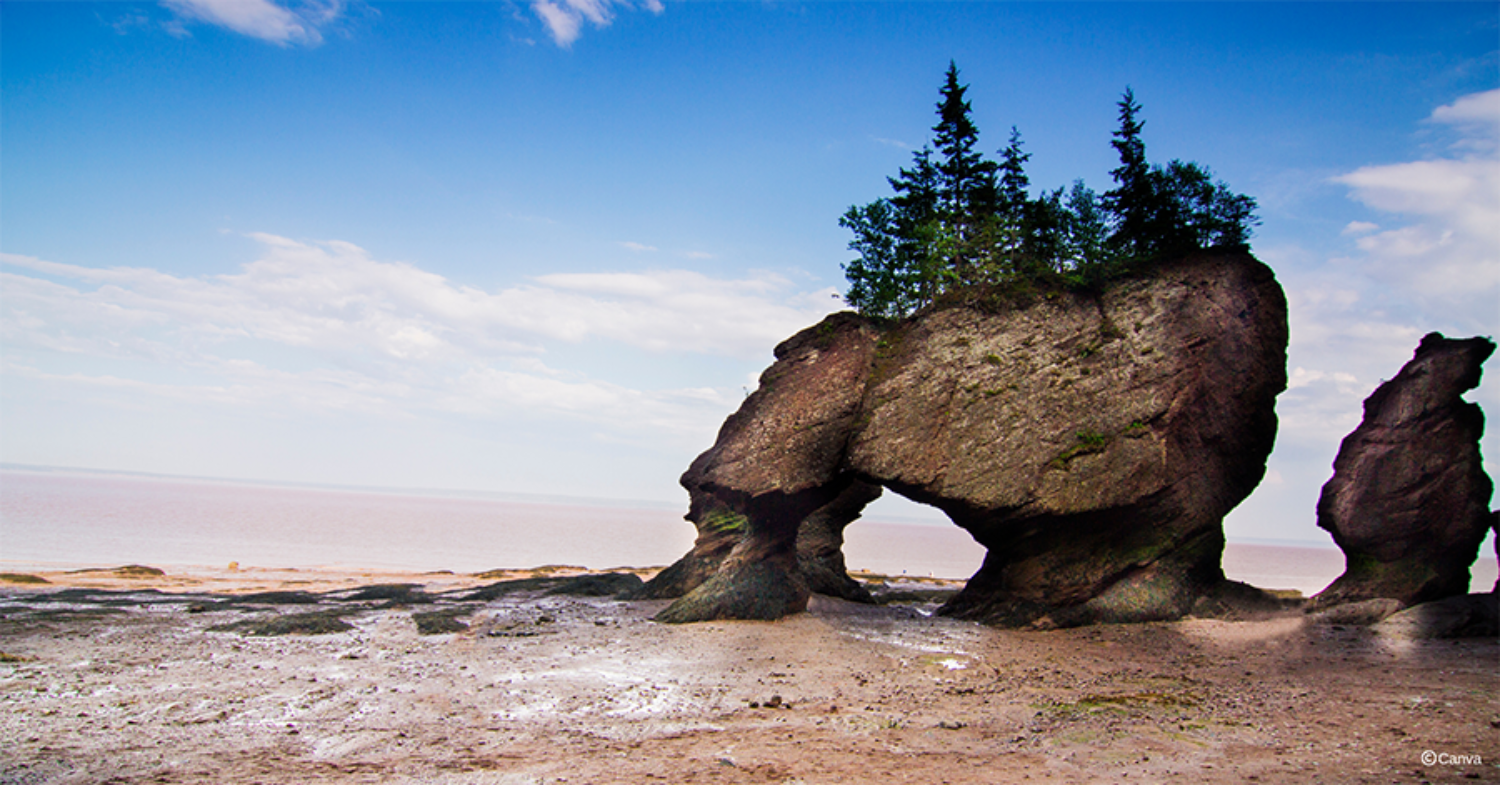
BioBlitz - Citizen Science helping to gather biodiversity data
Using the INaturalist app, a social network for professional and amateur naturalists that allows users to register their field observations and discuss them with others, The Cliffs of Fundy UNESCO Global Geopark, in Nova Scotia, Canada, organized a one-day citizen science biological survey of the geopark during the summer. This survey, called a BioBlitz, gathered a diverse range of participants including children, seniors, and even dogs! Using their camera, the participants photograph their observations, register the location and upload the image to iNaturalist, creating a biodiversity data base of the Cliffs of Fundy UNESCO Global Geopark.

Beyond helping science communicators engage local communities in environmental research, BioBlitzes allow a large amount of relevant georeferenced environmental data to be gathered. This data can later be contextualized with broader scientific research and provide important information about the status and evolution of local biodiversity, therefore allowing researchers to monitor the impacts of climate change.
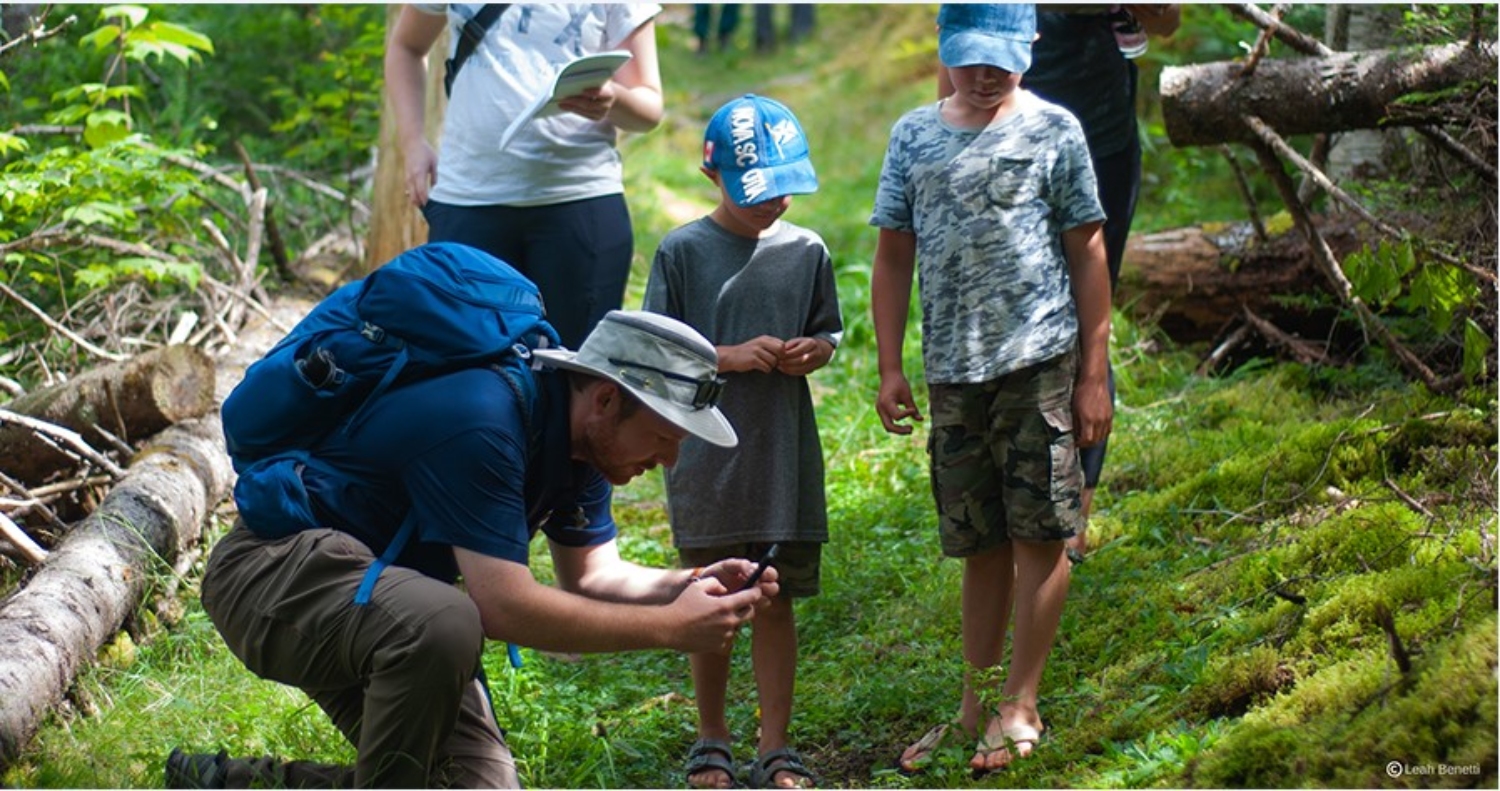
Coastal Erosion Story at Five Islands Provincial Park
As a way of raising awareness on the consequences of coastal erosion and how climate change amplifies this process, the Cliffs of Fundy UNESCO Global Geopark launched a social media campaign on World Ocean Week 2021, highlighting how this affects the geopark territory.
In 2021, the Five Islands Provincial Park, a protected area within the boundaries of the Cliffs of Fundy UNESCO Global Geopark, lost a significant portion of its area due to coastal erosion, an ongoing issue in the Bay of Fundy which is being aggravated by sea level rise.
Beyond the loss of area and even geosites, such as the Long Island Arch which collapsed in 2015, this intense coastal erosion represents a hazard that visitors need to be aware of. In that regard, the geopark management stresses that “It is important to always stand back at least one school bus length (~10 meters) from the top ledge and base of steep cliffs”.
Coastal erosion, although a natural process, is being amplified by climate change not only due to sea level rise but also due to the higher frequency and intensity of ocean storms. “The constant action of the tides wears down the soft areas of the coastline. The red sandstone cliffs and bluffs are particularly vulnerable to this wave action because they are soft, and more easily eroded than the dark basalt islands and headlands in the Geopark”, the geopark staff explains.
Despite the hazard they represent, the forces of tides and erosion are also responsible for the outstanding landscape that gives name to the Cliffs of Fundy UNESCO Global Geopark, in what can be considered a perfect example of how geological processes are both destructive and creative.
The Burren and Cliffs of Moher UNESCO Global Geopark
Geopark Code of Practice for Sustainable Tourism Businesses
The Burren and Cliffs of Moher UNESCO Global Geopark developed and manages the Code of Practice for Sustainable Tourism that is adopted by 65 members of the Burren Ecotourism Network, a network of tourism enterprises operating within the geopark.
The Burren Ecotourism Network has been working with the geopark to cultivate a system that encourages and validates good practices in sustainable tourism. Since then, the concept of Sustainable Tourism has evolved and now is more closely linked with climate change and a carbon footprint calculator (based on Environmental Protection agency of Ireland model) has been added to the Code. Today, in adopting the Code, businesses commit to a process of continuous improvement in sustainable tourism practices. It is based on a number of performance measures that must be met over time. Each performance measure requires solid evidence of achievement.
The Geopark office administrates, manages and funds the Code’s development, provides training and mentoring, external evaluation, and awards. In return, the Burren Ecotourism Network’s membership is based on participation in the Geopark’s Code of Practice and it promotes the Code as its unique selling point, a distinctive feature of the Network, which led to the recent Lonely Planet Award ‘Best in Travel’ for 2021. The Network also commits to supporting the UNESCO Global Geopark as a sustainable tourism destination.
Fanore Dunes Restoration Project
As sea-levels are predicted to rise due to global warming, the Burren and Cliffs of Moher UNESCO Global Geopark coastline is becoming more vulnerable to erosion. This, coupled with their recreational use, means increased pressure on coastal dune habitats. To stabilize the dunes, a series of wire mesh fences were successfully installed in Fanore Beach, allowing the re-establishing of Marram grass and promoting the stability of its coastal side. A comprehensive monitoring system is in place to ensure further restoration continues to improve degraded dune systems.
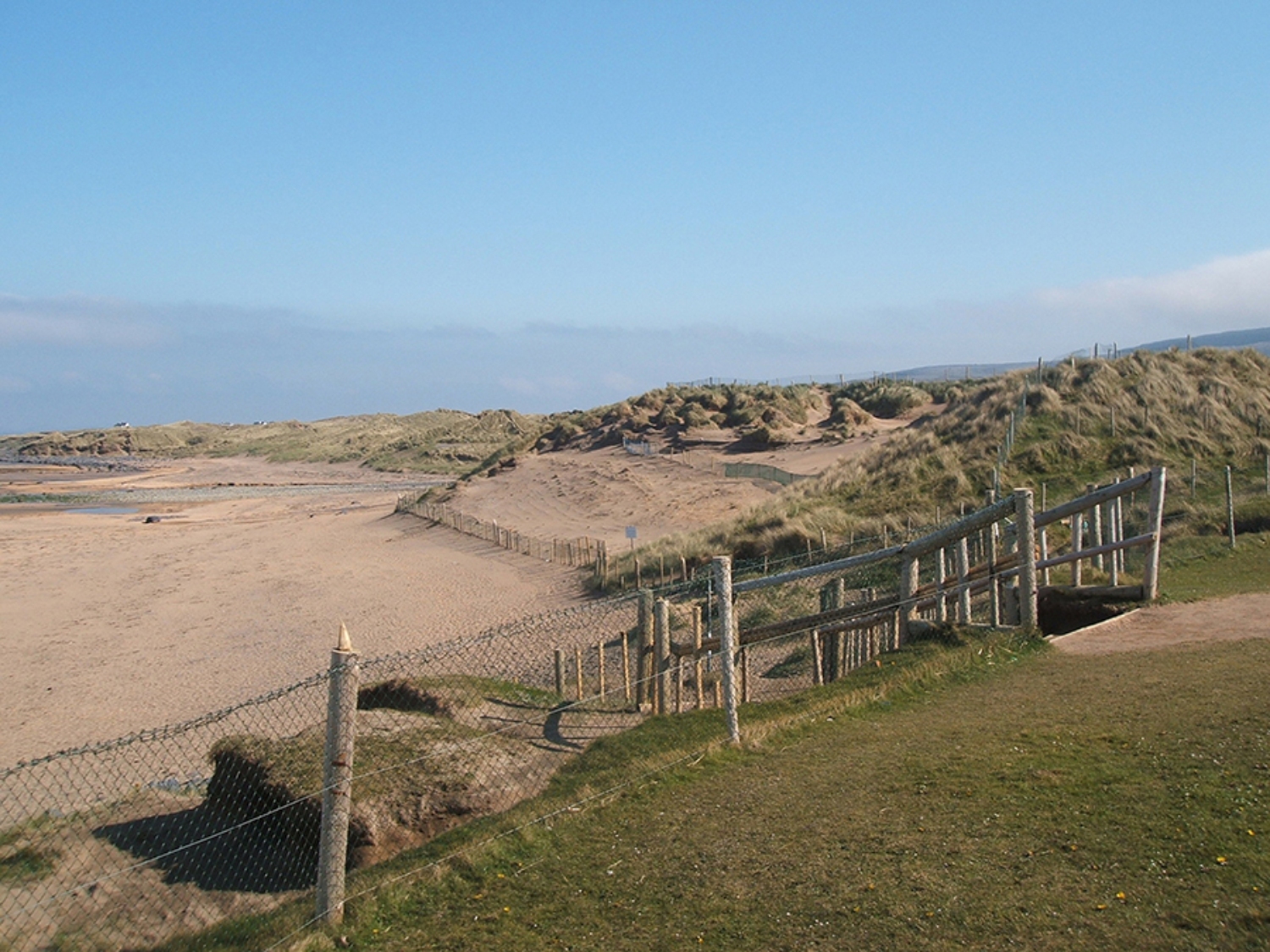
Citizen Science Catchment Awareness
In 2020, a new citizen science project supported by Earth and Ocean Sciences Department of National University of Ireland - Galway, was established with funding from Geological Survey of Ireland. The Aille Engaged project encourages local volunteers to collect daily rainfall and river level data for the Aille River, catchment. This data is entered into a database and displayed live on the geopark’s website.
By engaging with local residents, the geopark is promoting awareness on water resources and at the same time using the data to estimate the impacts of various climate change models on this local catchment. This will then inform any climate change adaptation measures that may be required for the villages along the route of the Aille River.
The Aille Engaged project has also prompted further studies on the Aille River system, particularly along one of the source tributaries. Researchers have deployed data loggers which monitor river level, conductivity and temperature as well as automated rainfall gauges and are developing flow models from source to better understand the complex karst system. This will lead to better climate change adaptation models for the Aille River catchment system.

Geo-Naturepark Bergstrasse-Odenwald UNESCO Global Geopark
Climate Heroes
The Geo-Naturepark Bergstrasse-Odenwald UNESCO Global Geopark in Germany, in partnership with the city of Mömlingen and in the framework of the Horizon2020 RURITAGE Project, where UNESCO is a partner, has created the citizen science project “Climate Heroes” focused on education for climate change.
The project consists of four workshops and app developed by the geopark. During the workshops the audience, mainly formed by population living in the geopark territory, learns about the climate change processes, the effects it has on both global and local level, as well as on the mitigation and adaptation measures that can be taken. During these interactive workshops, where through online real-time polls, questions are put to the audience, specific attention is given to the local consequences of climate change and to the actions populations can take to tackle the issue.
Using the geoparks’s citizen-science app, participants are able to provide information about their transportation habits. The app allows users to see how they compare to other participants on a virtual dashboard. Although all data is displayed anonymously, it is possible to create a user profile and collect the “climate hero points”. Depending on the mobility choices introduced in the app, hero points are awarded which can then be exchanged for prizes and information material on the geopark. In this way the geopark is both promoting sustainable choices and creating awareness on the local population on how small lifestyle changes can have a positive impact on the fight against climate change.

Magma UNESCO Global Geopark
Through its GEOfood initiative, Magma UNESCO Global Geopark in Norway has established a network of 27 UNESCO Global Geoparks that are working on the promotion of local food and the valorisation of local agricultural communities.
The initiative that started in 2015, now gathers more than 100 local enterprises united by the GEOfood Manifesto, a document that lays-out the reasons, vision, mission and goals of the brand.
“GEOfood aims to raise awareness on the connection between the raw materials of food products, the territory and its geological heritage, establishing links between food and local cultural traditions but also to improve food education, privileging zero-kilometre products and the responsible use of resources.”- Sara Gentilini - Magma UNESCO Global Geopark
To become part of the GEOfood network, several criteria need to be met, the first being that company’s headquarters and the production need to be located inside a UNESCO Global Geopark territory.
GEOfood is also setting up educational materials, involving schools in specific targeted educational courses connected with local food and agricultural practices and has recently been accepted as part of the International Geoscience Programme sponsored projects. This research project will establish methodologies for GEOfood assessment, implementation and results and will create procedures, guidelines, printed materials and other tools to implement the concept in 26 areas around the world.
With this project, Magma UNESCO Global Geopark targets several of the UN Sustainable Development Goals, particularly contributing to SDG 12 – Responsible Consumption and Production, but having also a relevant impact on the fight against climate change by promoting local production and consumption which strongly reduces CO2 emissions associated with intensive agriculture and long distance transport.

The Glaciers Fest
The Sobrarbe-Pirineos UNESCO Global Geopark, northern Spain, developed several outdoors activities aimed at raising awareness on the effects climate change is having on Pyrenean glaciers. Aimed at the general public and schools, but divided in levels of physical requirements, these activities were conducted during September and October when the mountain areas are still accessible.
For millennia, Pyrenean glaciers have been a distinctive feature of the landscape in the mountains of northern Spain. However, these which are the southernmost glaciers in Europe and the only glaciers in Spain, are at risk of disappearing in a time span as short as 20 years, the most recent forecasts estimate.
With only 18 glaciers remaining in the Pyrenees, the Sobrarbe-Pirineos UNESCO Global Geopark decided to give the inhabitants of the region and those who visit the geopark the opportunity, of learning about these extraordinary geological features through direct contact.
“The objective of the geopark was not only to provide accurate quality scientific information about glaciers and climate change and with that promote changes in the participant’s lifestyle which are more respectful of the planet’s fragile system. We also wanted the visitors and particularly the local schools pupils, to enjoy and understand the spectacle that the glaciers and the landscapes of the high Pyrenean Mountains still offer us”- Anchél Belmote - Sobrarbe Pirineos UNESCO Global Geopark.
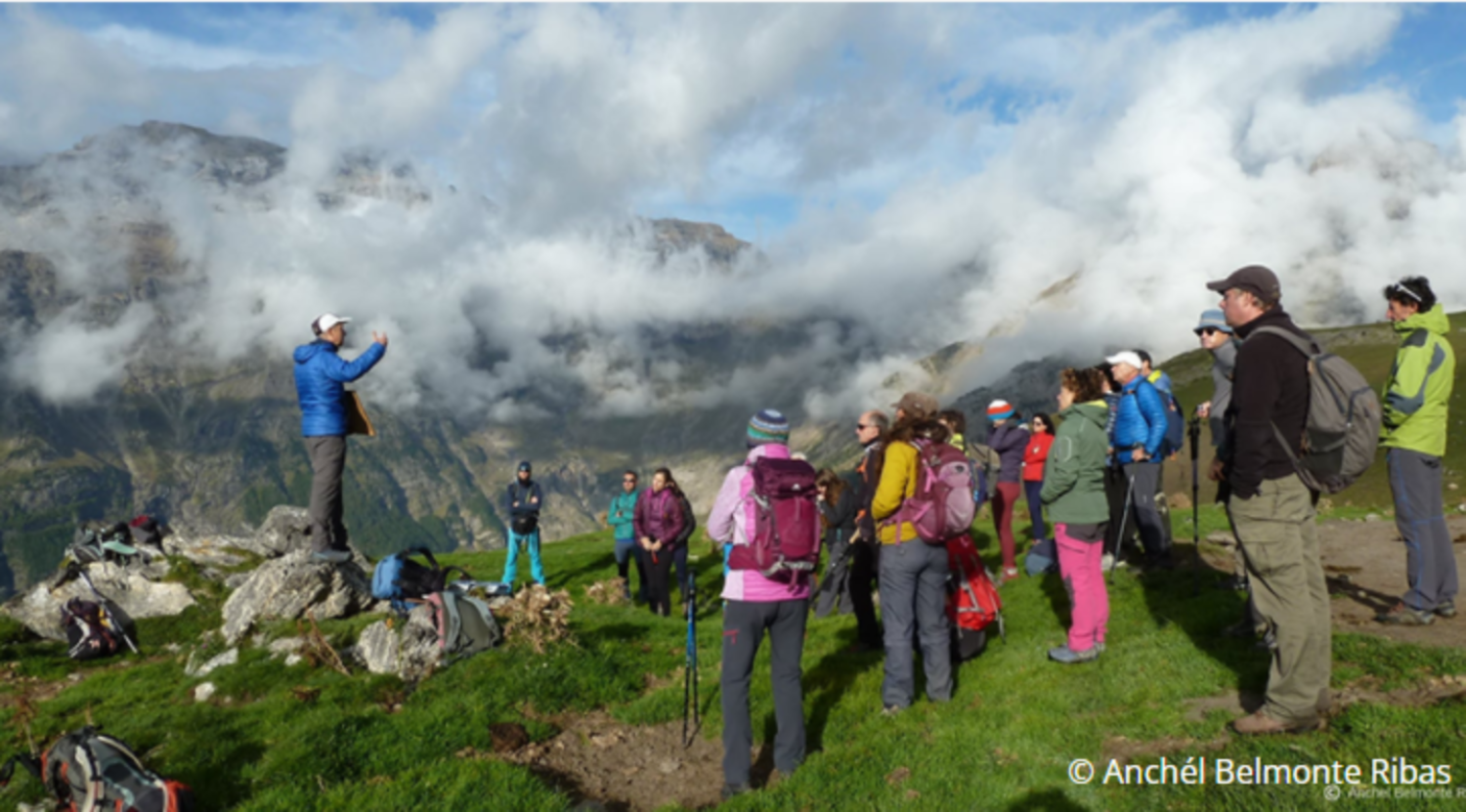
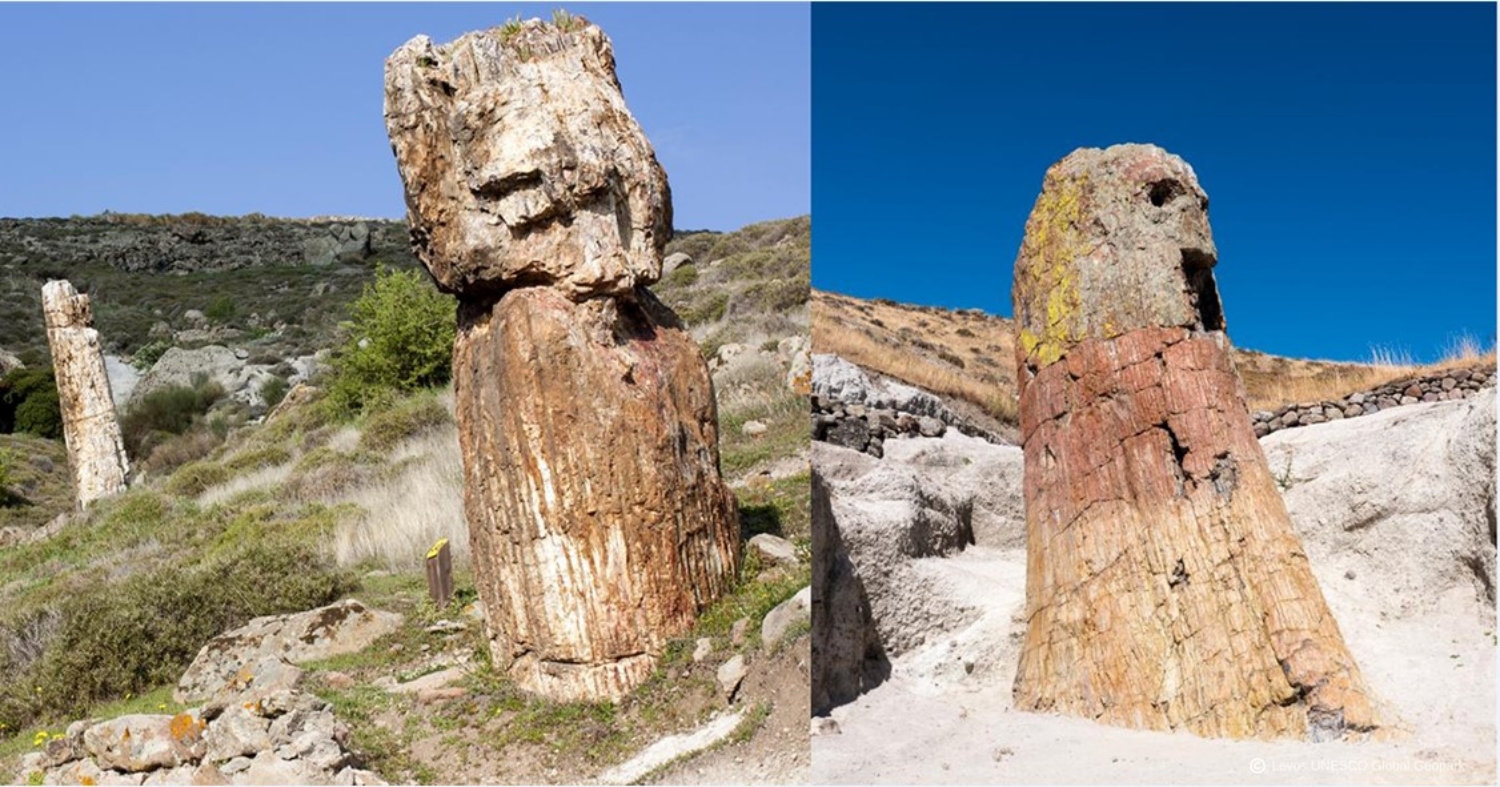
Taking advantage of the forced closure period due the COVID19 pandemic, the Lesvos Island UNESCO Global Geopark, undertook an ambitious renovation process of its headquarters, the Natural History Museum of the Lesvos Petrified Forest, with the aim of reducing its annual energy consumption.
With the help of European Union funding, the Museum replaced all the lightning and air-conditioning systems by low-energy alternatives and installed a photovoltaic panel to supply electricity to the building. With these interventions the Museum is now self-sufficient and has significantly lowered its carbon footprint.
Using the Museum as an example to follow and as a way of promoting energy.-efficient constructions and alternative energy use, the geopark organized several events addressed at the local community and designed an educational programme for schools.

Climate change Exhibition
Together with the Geo-Naturepark Bergstraße-Odenwald UNESCO Global Geopark in Germany, and the UNESCO World Heritage Site Grube Messel, the Lesvos Island UNESCO Global Geopark created an exhibition that explores the consequences of climate change in the geological record.
In the exhibition, organized at the Messel Pit Visitor’s Centre in Germany, visitors will be able to explore the environment of Lesvos Island 19 million years ago, shortly before the Vatousa volcanic eruption buried hundreds of subtropical forest trees with volcanic ashes and thus preserving them in their life position.
These fossilised trees, witnesses of a catastrophic event, enable researchers to reconstruct the ecosystem of that time and give clues about the consequences of climate change in the Earth’s history. Beyond presenting the Lesvos Petrified Forest to a German audience, the aim is to demonstrate how a change in the climate, caused by a large volcanic eruption, has dramatic effects on the ecosystems.
This exhibition will be open until April 30th 2022 at the Messel Pit Visitors’ Centre in Germany.
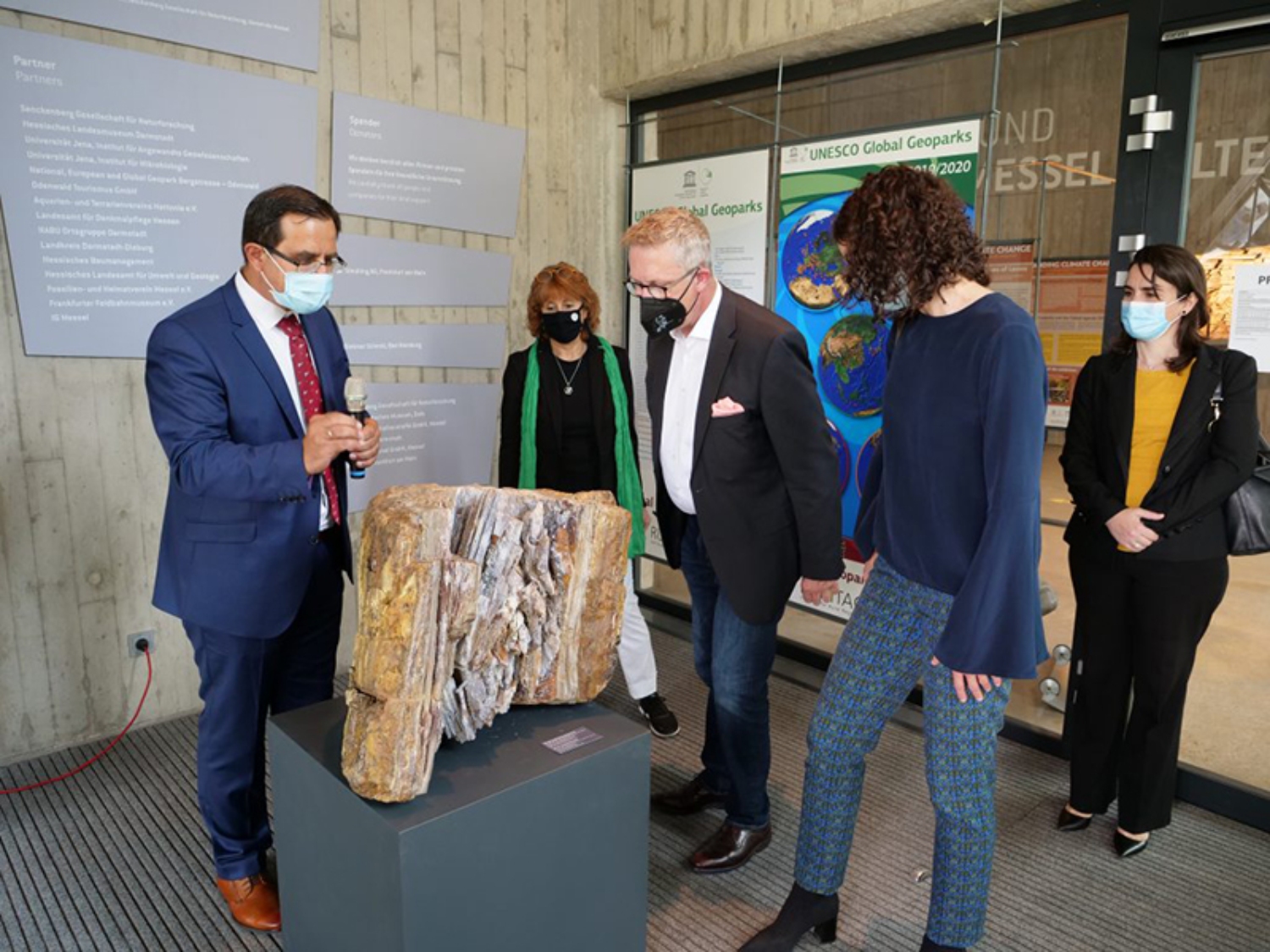
Chablais UNESCO Global Geopark
As a way of explaining how researchers are able to understand climatic changes through the geological record and humanity’s role in the process, the Chablais UNESCO Global Geopark, in the Auvergne-Rhône-Alpes region, southeastern France, has in place an outdoor education programme.
In the field trips, aimed at secondary school students and adults, participants are taken on a journey to some of the most remarkable geosites of the Chablais Geopark. These sites reveal the story of the formation of the Alps, from the deposition of its limestones at the bottom of a tropical ocean to the tectonic plate collision that later shaped the mountains, but also of the recent glacial events that carved the landscape.
These field trips aim at demonstrating how Earth is a dynamic planet with continuous changes, including climatic changes, and that humanity is a small but powerful element of the Earth’s system with the ability to impact the planet’s natural processes.
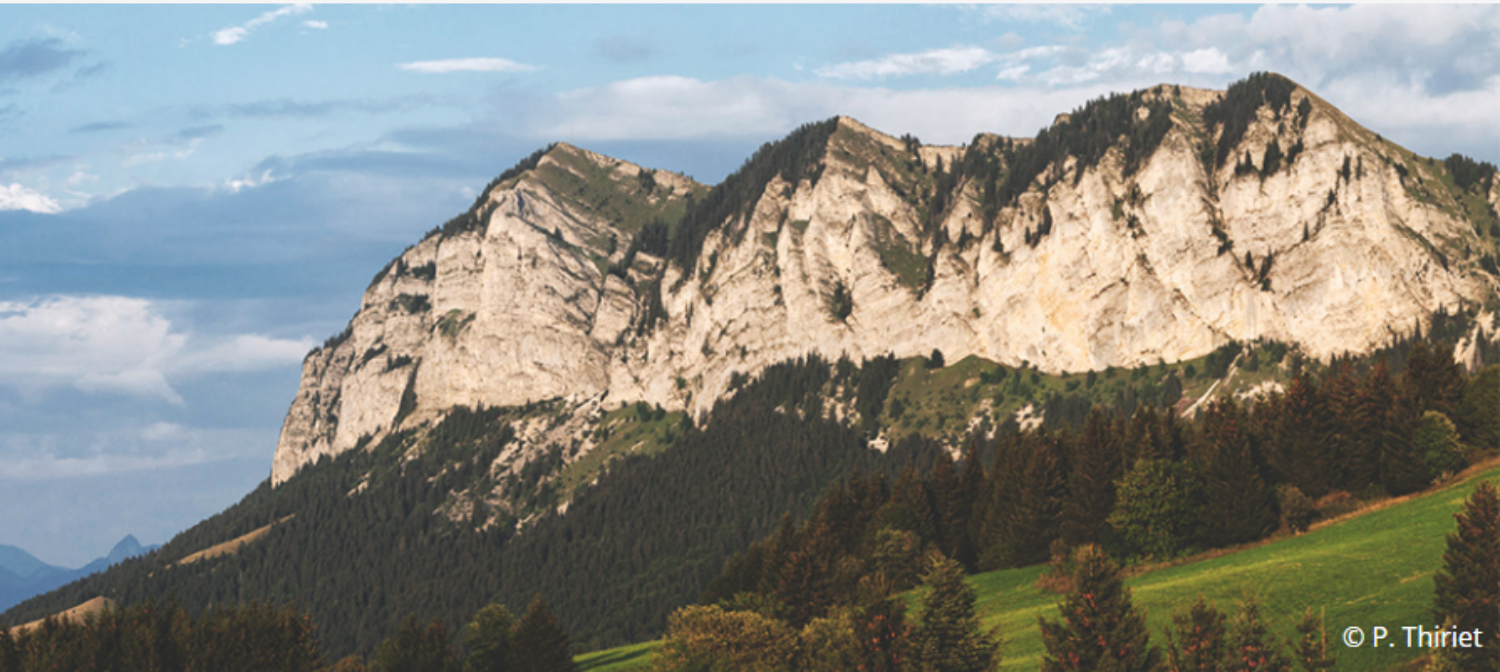
Mixteca Alta, Oaxaca UNESCO Global Geopark
With its diverse colour palette, volcanoes, valleys and a myriad of natural textures, the Mixteca Alta, Oaxaca UNESCO Global Geopark, Mexico, is unique landscape. In this geopark, many of the 35 selected geosites are related with the way the local indigenous community has been using the land in a system of agricultural terraces for more than 3,500 years.
These terraces, the lamabordos are created by building a stone wall followed by a sandpit that generates the flat surface. The lamabordos are strategically placed over streams or watercourses to take advantage of the natural erosion of the soil above them and having in mind the variable rain conditions of the region.
“The lamabordos are unique because the soil that is generated is the product of sediment carried by the streams flowing dowhill. This sediment is also enriched by organic matter and plants that are created in these micro-watersheds" - Quetzalcoátl Orozco Ramírez, researcher, Mixteca Alta UNESCO Global Geopark.
The resilience of this terracing scheme is outstanding and expressed in the corn production results. While in the lamabordos the corn harvest has around 50% and 70% annual yield, in the non-terraced areas the crops do not have good results either due to lack of water or excess rainfall.
This millenary practice is particularly valuable in the context of climate change as it shows that it is possible to maintain a regular agricultural yield throughout the year and with extreme weather conditions. The UNESCO Global Geopark Mixteca Alta is, in this sense, a great global reference both in the implementation of nature-based solutions and in using the wisdom of local indigenous communities to boost climate resilience.
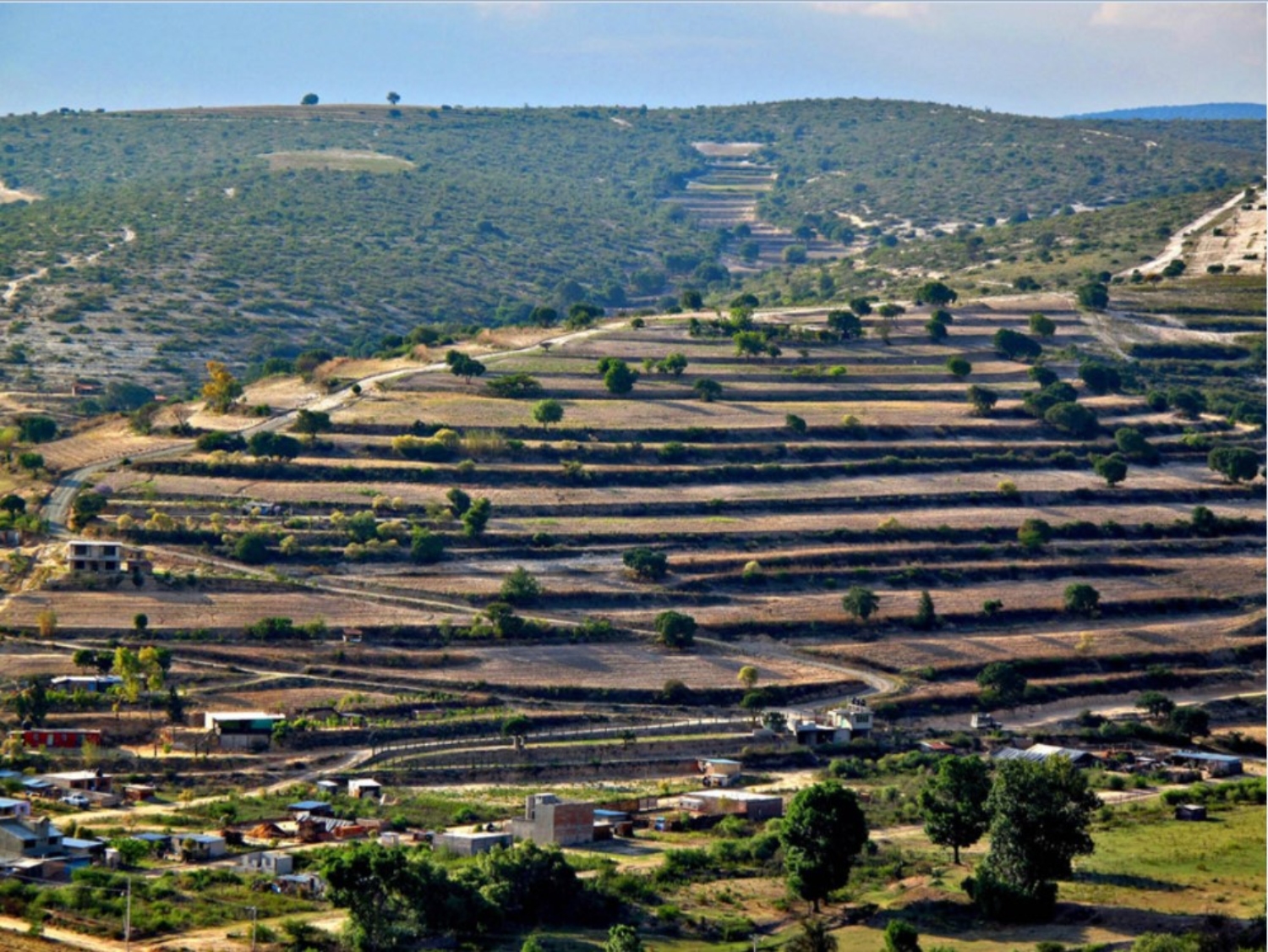
Muroto UNESCO Global Geopark
Climate change can bring significant changes to regional ecosystems. In Muroto UNESCO Global Geopark, Shikoku Island, Japan, that meant an explosion in growth of a variety of cactus not native to the island.
As a way of protecting the local ecosystem, the geopark partnered with the private sector to remove the plants and with them produce food for reptile pets such as turtles and iguanas.
Huangshan UNESCO Global Geopark
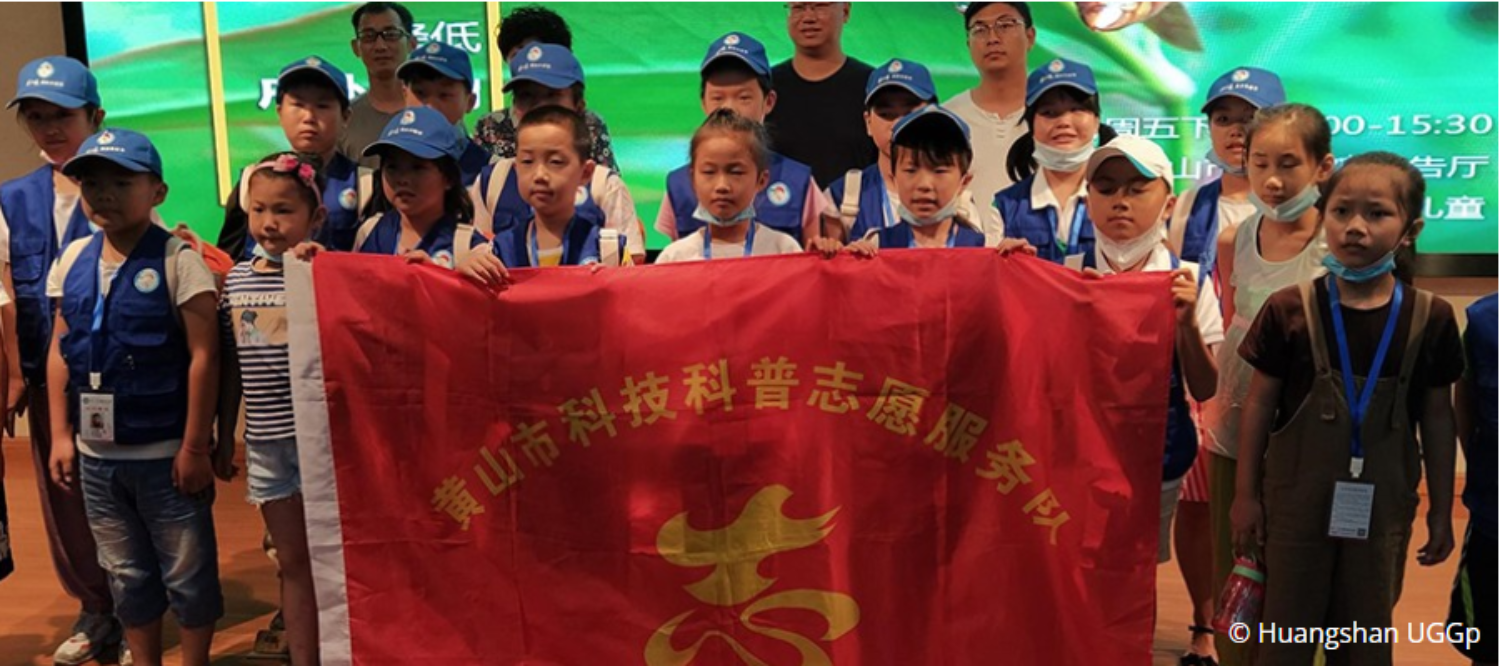
In China, at the Huangshan UNESCO Global Geopark, young people are learning about the surrounding nature through lectures and field trips in the “Huangshan Nature Lectures”. This is a project that gathers local schools, universities, government agencies, social organizations and NGOs and that, to date, has delivered 27 lectures to more than 3000 families.
Projects such as the “Huangshan Nature Lectures” help to shorten the gap between the city life and the natural world, allowing children and adults to reconnect with the planet, promoting healthier lifestyles, better mental health and a sense of pride.
Source: UNESCO
Reader Comments
Newer articles
Older articles


